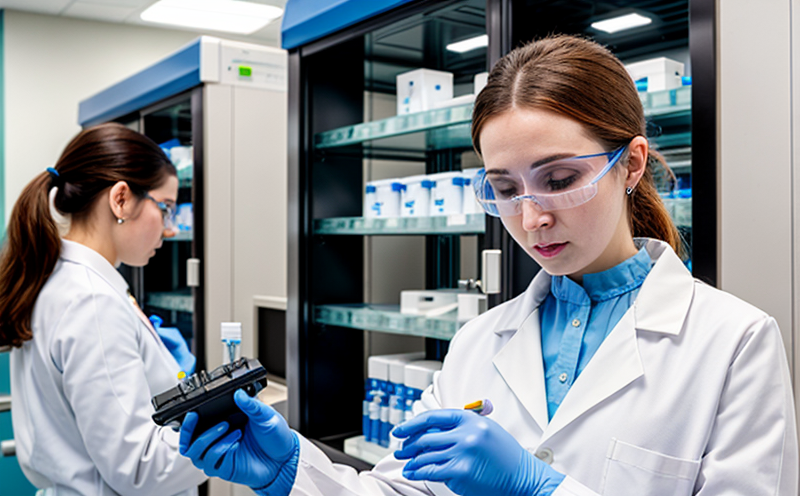Hemolysis Impact Bioanalysis Testing
In the pharmaceutical industry, bioanalytical testing plays a critical role in ensuring drug safety and efficacy. Hemolysis impact bioanalysis is one such specialized service that assesses how hemolysis—a process where red blood cells lyse or burst—can affect the accuracy of analytical results.
Hemolysis can introduce significant variability into bioanalytical data, leading to unreliable quantification of drug concentrations in patient samples. This variability can lead to false positives or negatives, impacting clinical trial outcomes and regulatory approval processes. Therefore, understanding and mitigating hemolysis effects is paramount for maintaining the integrity of bioanalytical studies.
Our Hemolysis Impact Bioanalysis Testing service utilizes advanced instrumentation and rigorous protocols designed to minimize hemolytic events during sample preparation and analysis. We employ a multi-step approach that includes sample handling, extraction methods, and assay conditions tailored to reduce hemolysis-induced errors. This comprehensive testing ensures accurate quantification of drug concentrations even in complex matrices.
Our service is ISO 17025 accredited, ensuring the highest standards of quality and reliability. We follow internationally recognized guidelines such as those provided by ICH Q3D to ensure our methods are robust and reproducible. Our team of experienced scientists brings deep expertise in bioanalytical science and hemolysis mitigation techniques.
By choosing our Hemolysis Impact Bioanalysis Testing service, clients can rest assured that their data is free from the distortions caused by hemolysis. This allows for more accurate and reliable drug development processes, ultimately leading to safer and more effective medications reaching patients faster.
Applied Standards
- ICH Q3D: Guideline on Elemental Impurities in Pharmaceuticals
- USP Chapter <1410> Stability Testing
- European Medicine Agency (EMA) Guidelines for Bioanalytical Method Validation
- ISO 17025: General Requirements for the Competence of Testing and Calibration Laboratories
Industry Applications
| Industry | Application |
|---|---|
| Pharmaceuticals | Evaluation of hemolysis impact on drug concentration quantification in clinical trials. |
| Biotherapeutics | Determining the effect of hemolytic events during the production and purification processes. |
| Clinical Diagnostics | Assessing the impact of hemolysis on diagnostic tests for diseases like malaria or sickle cell anemia. |
Use Cases and Application Examples
- Pharmaceutical companies conducting Phase I to IV clinical trials where accurate drug concentration quantification is crucial.
- Biotherapeutic manufacturers ensuring the stability of their products during manufacturing processes.
- Diagnostics labs improving the accuracy and reliability of hemolytic-sensitive tests in patient care.





